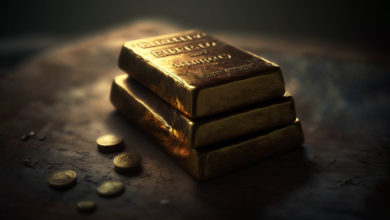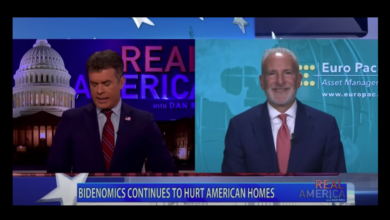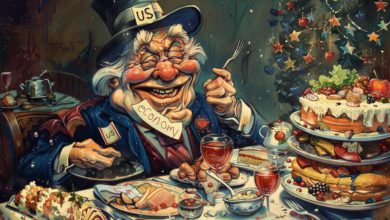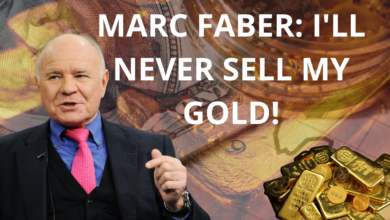Understanding Premiums | SchiffGold
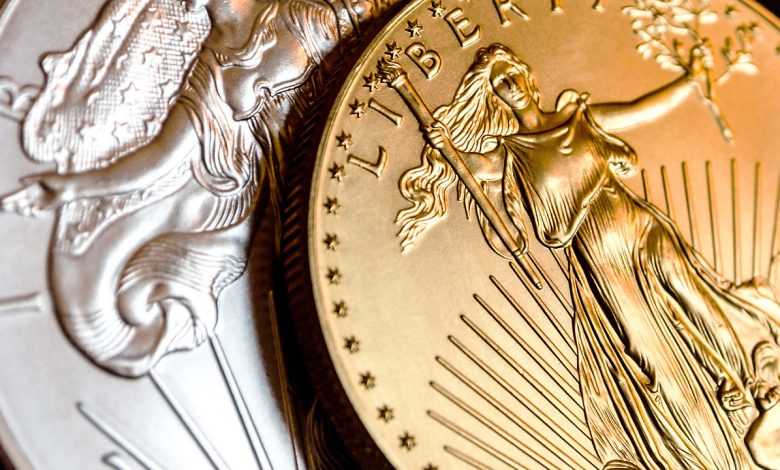
When we talk about the spot price of gold and silver, or the return on precious metals investments, some people are quick to remind me that I’m not factoring in premiums.
What exactly are premiums?
In simplest terms, the premium is the amount a buyer pays over the spot price of gold or silver. You can think of it as the cost above the raw material.
Every investment has costs above the value of the asset. For instance, if you buy stocks, you will likely pay brokerage or transaction fees. It isn’t possible to include premiums and fees in general discussions about the price of an asset. They change over time and vary from seller to seller. That’s why it’s important to shop around for the lowest premiums. (SchiffGold maintains some of the lowest premiums in the industry.)
Many assume premiums are commissions. But companies such as SchiffGold also pay premiums when they source gold and silver products. Those costs get passed on to the consumer. It’s like any other product; retailers have to factor their costs into the price. That’s why retail prices are always higher than wholesale.
WHY HAVE PREMIUMS BEEN SO HIGH?
There’s been a lot of talk about premiums on gold and silver because they have been relatively high over the last year or more. That’s because premiums are heavily influenced by supply and demand. When the demand for gold and silver is high, premiums will inevitably rise.
Demand for physical gold and silver has been high over the last year. Demand for gold hit an 11-year high in 2022, and silver demand set records in every category.
This strong demand has pushed premiums higher.
There have also been supply issues due to mints, which are typically government-run. They don’t do a great job of ramping up production to meet demand.
This has been the case at the US Mint in recent months, particularly with the production of American Silver Eagles. In late 2022, there was a significant Silver Eagle supply squeeze due to a shortage of silver planchets. Planchets are silver discs used to strike coins. You can think of them as blanks or slugs. The US Mint doesn’t create its own planchets and must obtain them from outside sources.
According to CoinWeek, “That planchet shortage has resulted in a coin production shortage, with the Mint having struck only 12.8 million Silver Eagles through September 2022 – compared to at least twice that amount at this point last year when demand was at a similar level. And that has pushed premiums way up to perhaps the highest levels over spot ever seen.”
With premiums exceptionally high on US-minted coins, there is a perception that all premiums are through the roof. But in fact, they have been lower on many gold and silver products such as nationally/government-minted coins in other countries and privately minted bars. If buyers are flexible on the type of gold or silver they purchase, SchiffGold can recommend products with much lower premiums and better value.
PREMIUMS AREN’T NECESSARILY SUNK COSTS
Most people think premiums are sunk costs. In other words, they assume that they’ll never be able to get that premium back when they sell their gold or silver. But this isn’t necessarily true.
In fact, dealers also pay premiums to investors when they buy back gold or silver during periods of high demand. For instance, SchiffGold typically buys back American Silver Eagle coins for a healthy premium above the spot price. That premium grows in periods where demand is high and inventory tight.
Consider this: if silver rises to $100 and there are supply shortages, it’s possible SchiffGold could pay clients $150 or more per coin.
Ultimately, the free market will determine what these coins are worth. But generally, as demand picks up, buy-back premiums will likely rise. If demand continues to increase, the premiums you pay today may not be a sunk cost, and some or all of the premiums could be recouped on the back end when it comes time to sell your gold or silver.
SUMMING IT UP
- Every investment has costs above the value of the assets, including commissions, advisory fees, brokerage fees, custodian fees, and loads. Premiums are the primary cost associated with investing in precious metals.
- Premiums vary over time based on many factors including supply and demand. They also vary significantly from company to company. You can shop around for the lowest premium.
- Just because premiums are high on one product doesn’t mean they’re high for all products. For instance, you may be able to get a much lower premium on silver bars than you can on silver coins. Again, it’s important to shop around.
- Premiums aren’t sunk costs. Dealers pay premiums when they buy back gold and silver. It may be possible to recover some or all of your premiums.
Get Peter Schiff’s most important gold headlines once per week – click here – for a free subscription to his exclusive weekly email updates.
Interested in learning how to buy gold and buy silver?
Call 1-888-GOLD-160 and speak with a Precious Metals Specialist today!
Buka akaun dagangan patuh syariah anda di Weltrade.
Source link



